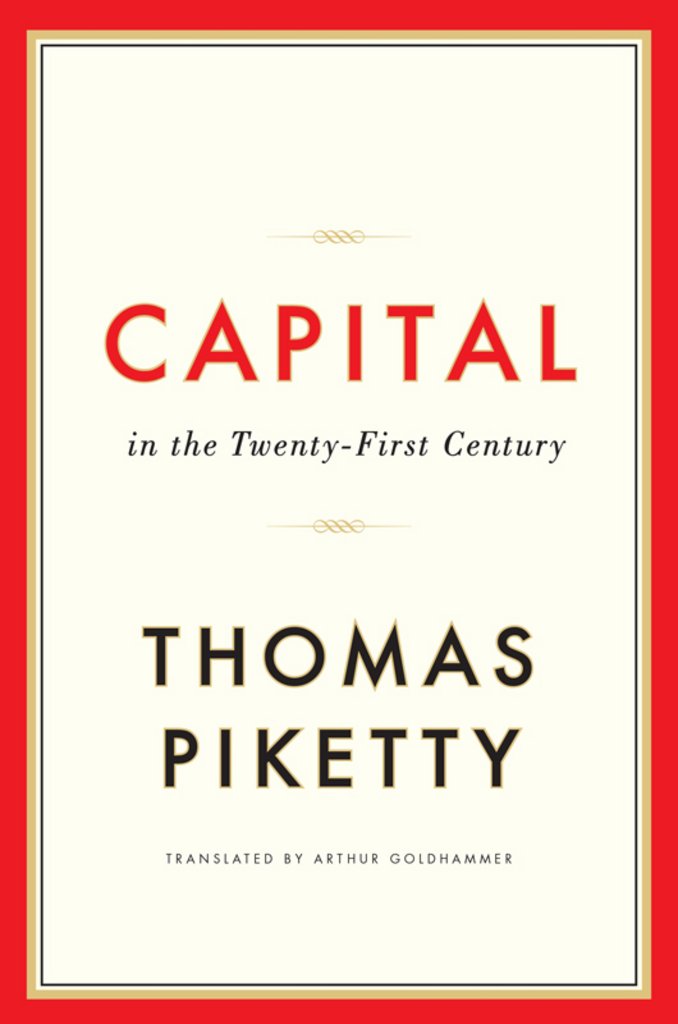
Capital in the Twenty-First Century | 36 | Thomas Piketty
2019 | The Belknap Press of Harvard University Press |
2019 | The Belknap Press of Harvard University Press |
Summary of Capital in the Twenty-First Century by Thomas Piketty | Includes Analysis
Thomas Piketty's Capital in the Twenty-First Century is a study of inequity, both historically and in the present. The book describes how the concentration of wealth has changed over time. Its central thesis is that return on capital is greater than growth over time, which means that capital and inequality inevitably increase. The book also considers the ways governments might address the increasing concentration of wealth in the future. Many economists have argued that increasing worker productivity in the modern era will inevitably result in reduced inequality. The historical record suggests that this is untrue. For most of history, there has been a huge gap between the rich and poor with no real middle class. That changed in developed countries during the twentieth century for a number of reasons. First, two world wars caused massive shocks to the status quo and resulted in severe losses to many holders of capital. PLEASE This is key takeaways and analysis of the book and NOT the original book. Inside this Instaread Summary of Capital in the Twenty-First
About the Author
With Instaread, you can get the key takeaways, summary and analysis of a book in 15 minutes. We read every chapter, identify the key takeaways and analyze them for your convenience.
Contents of Download:
Capital in the Twenty-First Century by Thomas Piketty.epub (6.73 MB)
NitroFlare Link(s) (This link is only available for premium members)
Code:
Linkeket csak regisztrált tagok láthatják! Bejelentkezés ::: Regisztráció
Code:
Linkeket csak regisztrált tagok láthatják! Bejelentkezés ::: Regisztráció

